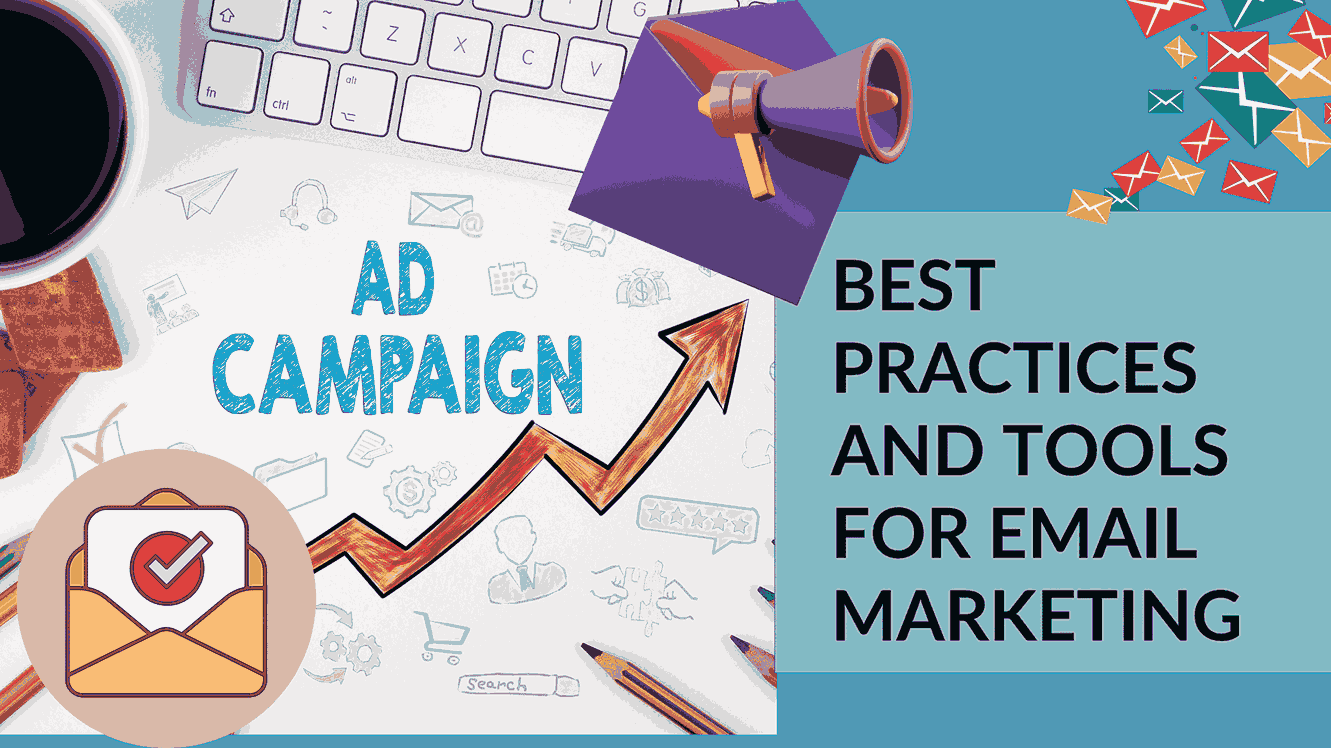Best practices and tools for email marketing
- Conversational Marketing Software SEO Software Affiliate Marketing Software Marketing Tools


Email marketing remains a potent force in the world of digital marketing, capable of generating leads and converting prospects into loyal customers. To harness its true potential, it’s essential to adopt a set of best practices and utilize the right tools effectively. In this article, we’ll explore these best practices and the tools you need to make your email marketing campaigns truly shine.
Email Marketing Best Practices:
Email Formatting
- Avoid ‘No-Reply’ Addresses: In the realm of email marketing, especially in the U.S., it’s crucial never to employ ‘No-Reply’ or similar expressions as your sender’s email address. Opt for a personal name, like “jamie@mycompany.com.” This approach invites recipients to engage and keeps you in compliance with email regulations such as CAN-SPAM.
- Keep It Clean: When crafting your emails, focus on visual clarity. Limit the number of typefaces to less than three, as an excess of fonts can overwhelm readers. Choose web-safe fonts sized between 10-point and 12-point for universal legibility.
- Optimize Preview Text: Personalize your preview text to provide insights and enticement, as it appears alongside the subject line. Avoid generic phrases like “Email not displaying correctly” to boost your open rates.
- Include an Email Signature: Integrate an email signature that includes a name, role, and perhaps even a photo, to infuse a personal touch into your emails, making them more appealing.
- Above-the-Fold Content: Ensure that your primary message and call-to-action occupy the space above the fold, making critical content immediately visible without the need for scrolling.
- Personalize Greetings: Personalization, such as addressing recipients by their first names, captures their attention and significantly enhances the efficacy of your emails.
- Optimal Width: Maintain an email width ranging from 500 to 650 pixels to guarantee proper display and ease of reading for recipients.
- Include Your Logo: Logos are symbols of trust and brand recognition. They should be an integral part of your email design.
- Name the Offer in Your Subject Line: When presenting incentives, ensure that your subject line clearly articulates the benefit, thereby boosting open rates.
- Concise Subject Lines: Subject lines should ideally consist of 30 to 50 characters, including spaces. This practice prevents subject lines from being cut off in the recipient’s inbox and should convey a sense of urgency while providing readers with an idea of what awaits them when they open the email.
- Closely Tie Emails to Landing Pages: Achieve harmony between your email and the corresponding landing page concerning content, design, and messaging. Consistency builds trust.
Email Automation
- Set Up Auto-Responders: Use auto-responder emails to remind subscribers of their opt-in status. Send these reminders one day, five days, and ten days after registration. To encourage opt-ins, these auto-responder emails can include additional content or bonus material.
Email Marketing Metrics and Testing
- Conduct A/B Tests: Experiment with variations in your emails, spanning from subject lines to call-to-action buttons, to enhance open and click-through rates. In HubSpot Marketing Hub, you can easily conduct A/B tests to optimize various elements.
- 5-Second Test: Send your email to a friend or colleague to ensure your call-to-action is immediately apparent. A clear and enticing call-to-action is pivotal.
Now that you’ve embraced these best practices, what tools can empower you to implement them seamlessly?
Tools for Email Marketing:
- GetResponse Blog: A valuable resource for further insights and best practices in email marketing.
- WordStream Blog: A trusted source for email marketing tips and strategies.
- HubSpot Blog: HubSpot offers a wealth of information on email marketing best practices and tools.
- Zapier Blog: Zapier provides insights into email marketing practices and tools to enhance your campaigns.
- Google Ads: Explore the world of email marketing through Google Ads.
With these best practices and tools at your disposal, email marketing becomes a timeless and reliable tool to engage your audience effectively. Armed with this knowledge, you’re well-prepared to create email marketing campaigns that deliver outstanding results and nurture customer loyalty. Maximize the potential of your marketing initiatives, starting today.





